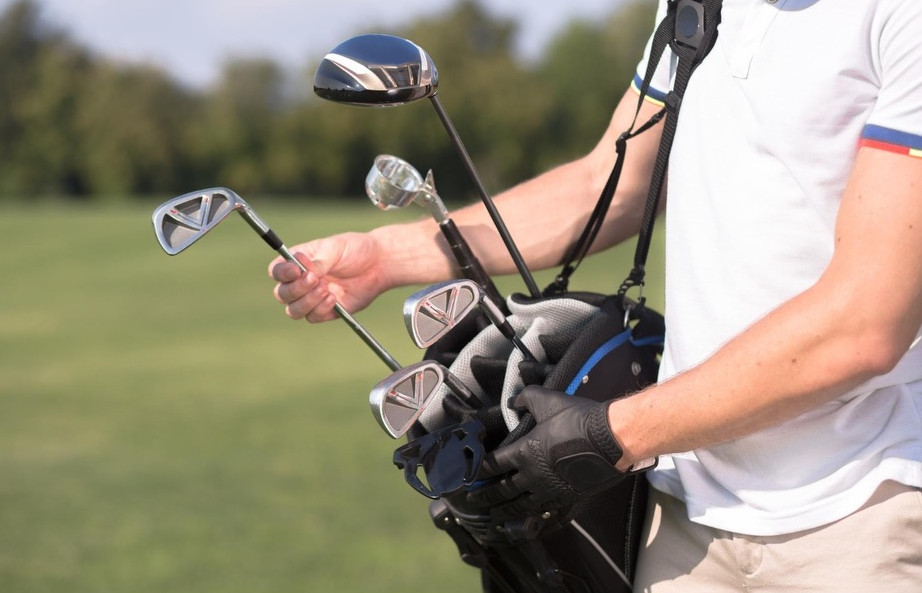Last Updated on 14 July 2023 by Jeronimo Baron
In a recent mixed competition, an interesting incident caught the attention of golfers. One participant was seen holding their foot against the faces of two clubs, seemingly using the loft to determine which club to use. This unconventional method of club selection sparked a discussion among players regarding its permissibility and potential rule violations. Furthermore, the question arose as to whether this technique could be classified as a training aid. This article delves into the topic, examining the viewpoints of golfers and exploring the relevant rules.
Golfers have shared diverse perspectives on this matter. Some individuals dismissed the issue, considering it inconsequential to the game. Others interpreted the method as a means of assessing the angle of the shaft, which in turn reflects the loft of the club. It was suggested to inquire about any rules that would prohibit this technique, as no concrete evidence has been presented thus far.
In relation to the rules, a particular one mentioned is Rule 10.2b. This rule states that players must not use objects placed on the ground to aid in aiming or taking a stance. It was speculated that standing on the clubface could potentially infringe upon this rule if it aids in aiming. Seeking the opinion of rules experts was recommended for a definitive answer.
Analysis
To evaluate the validity and effectiveness of using loft as a decision-making tool in club selection, it is important to consider various factors. While loft provides a general idea of a club’s capabilities, it should not be the sole determining factor. Ball position, shaft flex, and hand position are all crucial elements that can significantly impact the outcome of a shot. Therefore, a comprehensive approach to club selection, considering these variables alongside loft, is essential.
Furthermore, it is worth noting that the reliability of this method has certain limitations. The shape of clubheads and the variation in launch angles can affect the accuracy of the assessment. Each golfer has their own unique swing style and tendencies, further emphasizing the need to take into account individual characteristics when selecting clubs.
Conclusion
No concrete evidence has been found to support the claim that using loft to select a club violates any rules. Golfers are encouraged to explore different methods of club selection and experiment with techniques that suit their game. While loft can provide a general indication, it should be supplemented with a consideration of other factors and individual playing experiences. Self-awareness, adaptability, and an understanding of one’s own strengths and weaknesses are vital components of making informed club choices on the course.
Ultimately, club selection should be approached as a blend of science and art, combining technical knowledge with personal intuition. By considering multiple factors, players can enhance their chances of making well-informed decisions that lead to successful shots and improved performance on the golf course.




